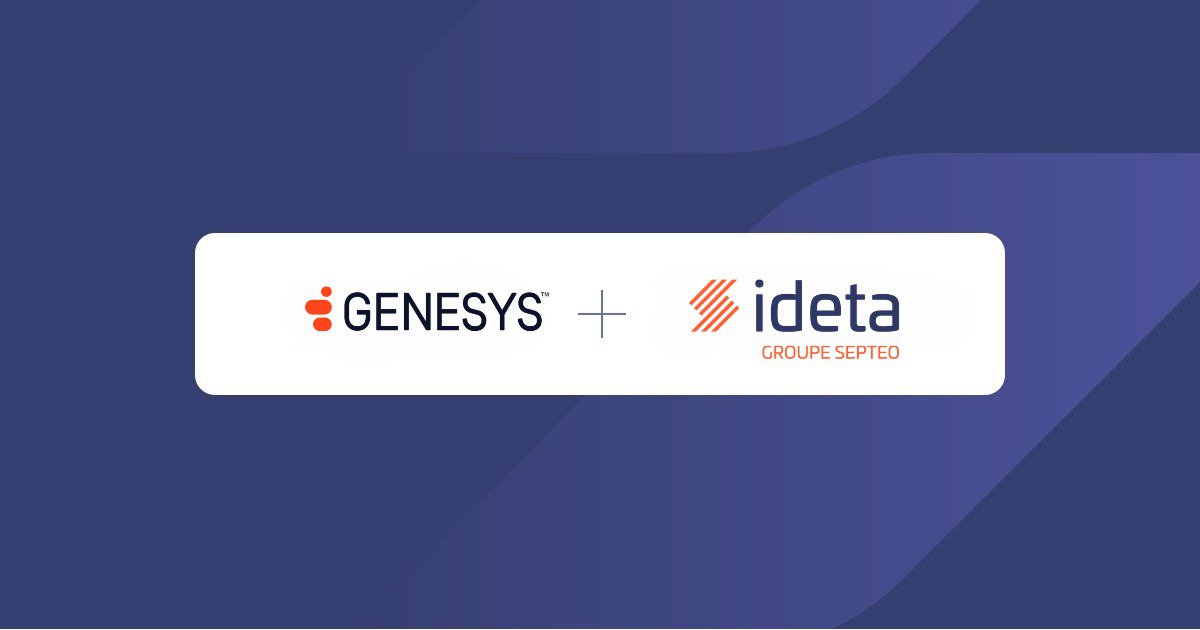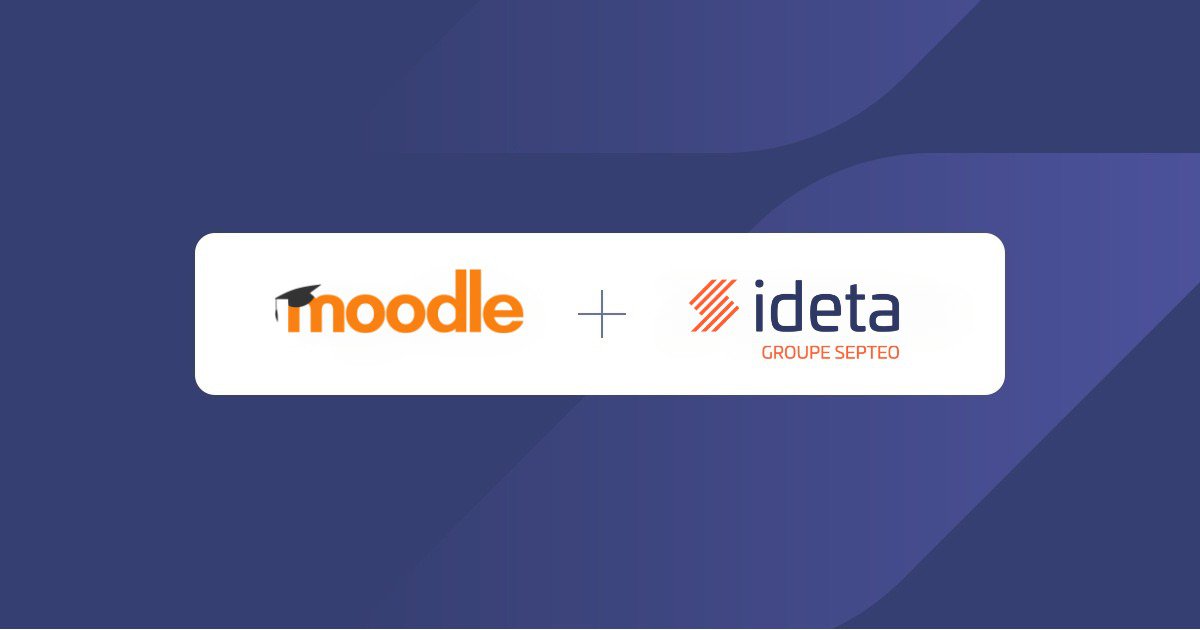Mastering LMS Reporting and Analytics: Unlocking the Power of Data in Education
What’s a Rich Text element?
The rich text element allows you to create and format headings, paragraphs, blockquotes, images, and video all in one place instead of having to add and format them individually. Just double-click and easily create content.
Static and dynamic content editing
A rich text element can be used with static or dynamic content. For static content, just drop it into any page and begin editing. For dynamic content, add a rich text field to any collection and then connect a rich text element to that field in the settings panel. Voila!
How to customize formatting for each rich text
Headings, paragraphs, blockquotes, figures, images, and figure captions can all be styled after a class is added to the rich text element using the "When inside of" nested selector system.
In an era where data-driven decisions are paramount, Learning Management Systems (LMS) have evolved far beyond their initial scope of simply delivering educational content. Modern LMS platforms offer robust reporting and analytics capabilities that can transform how organizations and educational institutions track, evaluate, and enhance learning outcomes. Effective use of LMS reporting and analytics not only helps in understanding learner performance but also in optimizing content, improving engagement, and achieving strategic educational goals. This comprehensive guide delves into the intricacies of LMS reporting and analytics, offering practical insights on how to leverage these tools for maximum impact.
Understanding LMS Reporting and Analytics
Reporting and analytics are crucial features of an LMS that allow users to track and interpret data related to learning activities. While reporting generally focuses on presenting data in structured formats, analytics delve deeper into interpreting this data to provide actionable insights.
Reporting typically includes:
• Standard Reports: Pre-defined reports that offer insights into various aspects of learning, such as course completion rates, attendance, and test scores.
• Custom Reports: Tailored reports designed to meet specific needs or answer particular questions about learner performance or content effectiveness.
Analytics involves:
• Descriptive Analytics: Summarizes historical data to understand what has happened, such as average test scores or completion rates.
• Diagnostic Analytics: Explores reasons behind certain outcomes, such as why learners may be struggling with a particular course module.
• Predictive Analytics: Uses historical data to predict future trends, such as forecasting learner success based on current performance patterns.
• Prescriptive Analytics: Offers recommendations for actions to improve outcomes, such as suggesting additional resources or interventions for struggling learners.
Key Features of LMS Reporting and Analytics
1. Real-Time Data Access
Real-Time Dashboards: Many LMS platforms provide real-time dashboards that give an immediate overview of critical metrics. These dashboards can include data on learner progress, course completion rates, and assessment scores. Real-time access allows administrators and instructors to quickly identify and address any issues that may arise.
Interactive Visualizations: Interactive charts and graphs make it easier to interpret complex data. Features such as drill-down capabilities allow users to explore data at a granular level, uncovering insights that might not be immediately apparent.
2. Customizable Reporting
Tailored Report Generation: Custom reporting tools enable users to create reports that match their specific needs. For instance, an organization might generate a report detailing the performance of different departments or a comparison of learner progress across various courses.
Scheduled Reports: Automated reporting allows users to schedule regular reports to be generated and distributed at set intervals. This feature ensures that key stakeholders receive timely updates without manual intervention.
3. Advanced Analytics
Learning Path Analysis: Analyzing the learning paths taken by learners can reveal patterns and trends in how content is consumed and understood. This analysis can help identify which courses or modules are most effective and which may require adjustments.
Engagement Metrics: Analytics can track engagement levels, such as the frequency of logins, time spent on different activities, and participation in discussions. Understanding engagement patterns helps in refining content and improving overall learner interaction.
Competency and Skill Tracking: Advanced analytics tools can track the development of specific competencies and skills over time. This feature is particularly valuable in environments focused on competency-based learning or skills development.
4. Integration with Other Systems
Data Integration: Many LMS platforms offer integration capabilities with other systems, such as HR software or CRM platforms. This integration ensures a seamless flow of data across systems, providing a comprehensive view of learner performance and organizational impact.
API Access: Some LMS platforms provide APIs that allow for custom integrations and data exchanges with other tools. This feature is beneficial for organizations with specific reporting or analytics needs that require pulling data from multiple sources.
Benefits of LMS Reporting and Analytics
1. Enhanced Decision-Making
Data-Driven Insights: Access to comprehensive reporting and analytics enables decision-makers to base their strategies on solid data rather than intuition. This approach leads to more informed decisions about course design, learner support, and overall educational strategy.
Performance Monitoring: By monitoring performance metrics, organizations can quickly identify areas where learners are excelling or struggling. This insight allows for timely interventions and adjustments to improve learning outcomes.
2. Improved Learner Outcomes
Personalized Learning: Analytics can help identify individual learner needs and preferences, enabling the creation of personalized learning experiences. Tailoring content and support to specific learner needs enhances engagement and improves retention rates.
Targeted Interventions: By identifying trends and patterns in learner performance, educators can implement targeted interventions. For example, if data shows that learners are struggling with a particular concept, additional resources or tutoring can be provided.
3. Optimized Content and Courses
Content Effectiveness: Reporting and analytics help assess the effectiveness of different course elements, such as quizzes, assignments, and multimedia content. This evaluation informs decisions about content improvements and helps ensure that learning materials are engaging and effective.
Course Development: Insights from analytics can guide the development of new courses or the revision of existing ones. Understanding which topics are most engaging or challenging can lead to more relevant and impactful course offerings.
4. Increased Accountability and Transparency
Tracking Progress: Detailed reporting allows organizations to track learner progress and achievements, providing transparency into educational outcomes. This transparency supports accountability and ensures that learning objectives are being met.
Compliance Reporting: For organizations subject to regulatory requirements, reporting tools can assist in generating compliance reports. These reports ensure that training programs meet required standards and can be easily reviewed by regulatory bodies.
Implementing Effective LMS Reporting and Analytics
1. Define Objectives
Set Clear Goals: Before diving into reporting and analytics, define what you want to achieve. Whether it’s improving learner engagement, assessing course effectiveness, or tracking compliance, clear objectives will guide your data collection and analysis efforts.
Identify Key Metrics: Determine the key metrics that align with your objectives. Common metrics include completion rates, assessment scores, engagement levels, and learner satisfaction.
2. Leverage Built-In Tools
Explore LMS Features: Familiarize yourself with the reporting and analytics features available within your LMS. Take advantage of built-in tools to generate standard and custom reports, and explore interactive dashboards for real-time insights.
Utilize Templates: Many LMS platforms offer report templates that can be customized to fit your needs. Using these templates can save time and ensure consistency in reporting.
3. Ensure Data Quality
Data Accuracy: Ensure that the data being collected is accurate and up-to-date. Regularly review data entry processes and validate data sources to maintain high data quality.
Regular Audits: Conduct regular audits of your data and reporting processes to identify and address any discrepancies or issues. This practice helps maintain the reliability of your reports and analytics.
4. Train Users
Educate Stakeholders: Provide training for administrators, instructors, and other users on how to effectively use reporting and analytics tools. Understanding how to interpret data and generate reports is crucial for making informed decisions.
Encourage Data Literacy: Foster a culture of data literacy within your organization. Encourage users to engage with data, ask questions, and seek insights that can drive improvements.
5. Continuously Improve
Review and Refine: Regularly review your reporting and analytics processes to identify areas for improvement. Use feedback from users and insights gained from data analysis to refine your approach.
Stay Updated: Keep abreast of new features and advancements in LMS reporting and analytics. Technology evolves rapidly, and staying updated ensures you make the most of new tools and capabilities.
Challenges and Solutions
1. Data Overload
• Solution: Focus on the most relevant metrics that align with your objectives. Use filtering and segmentation to manage large volumes of data effectively.
2. Data Privacy Concerns
• Solution: Implement robust data security measures and ensure compliance with data protection regulations. Educate users on best practices for handling sensitive information.
3. Integration Issues
• Solution: Plan and test integrations thoroughly to ensure seamless data flow between systems. Work closely with vendors to address any compatibility issues.
4. Interpreting Data
• Solution: Invest in training and resources to enhance data interpretation skills. Use visualizations and dashboards to simplify complex data and make it more accessible.
Future Trends in LMS Reporting and Analytics
1. Artificial Intelligence and Machine Learning
• AI and machine learning are transforming analytics by offering predictive insights and automating data analysis. These technologies can enhance personalized learning experiences and optimize content delivery.
2. Advanced Data Visualizations
• Future LMS platforms will likely feature more sophisticated data visualizations, including interactive graphs, heatmaps, and 3D models. These visualizations will make it easier to understand and interpret complex data.
3. Real-Time Analytics
• Real-time analytics will become increasingly important, allowing educators and administrators to make immediate adjustments based on current data. This capability will enhance responsiveness and improve learning outcomes.
4. Integration with Emerging Technologies
• Integration with emerging technologies, such as virtual reality (VR) and augmented reality (AR), will provide new ways to collect and analyze data. These technologies will offer immersive learning experiences and new insights into learner interactions.
Conclusion
LMS reporting and analytics are powerful tools that can significantly enhance the effectiveness of educational programs and training initiatives. By leveraging the insights gained from detailed reports and advanced analytics, organizations can make informed decisions, optimize learning experiences, and achieve their educational goals.








